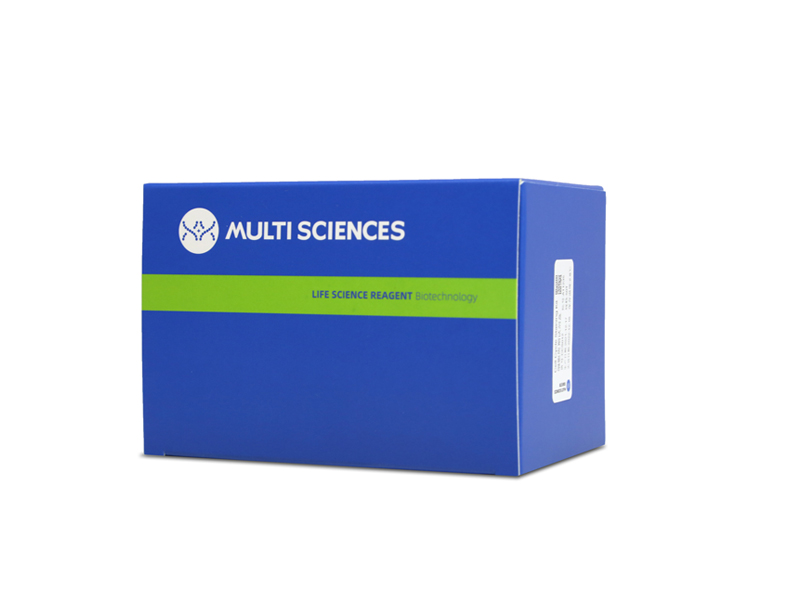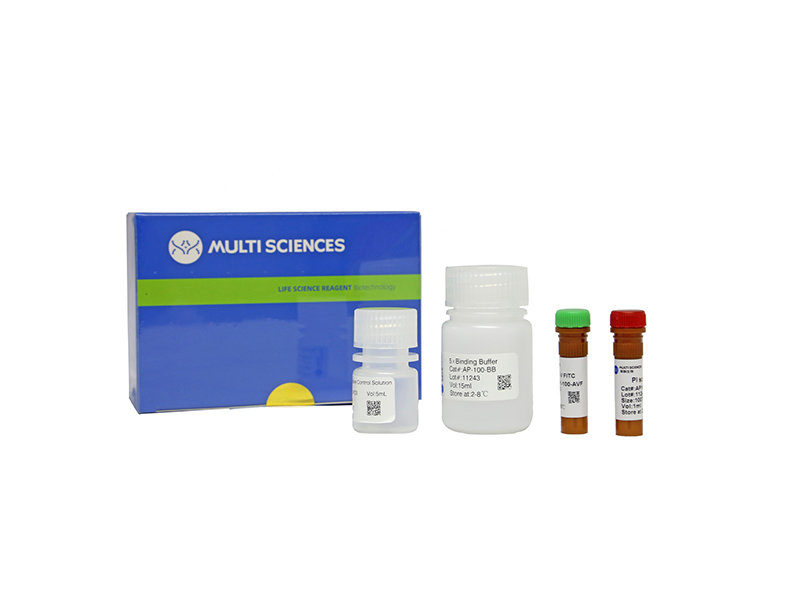Recognizing aberrant cytoplasmic dsDNA and stimulating cGAS-STING-mediated innate immunity is essential for the host defense against viruses. Recent studies have reported that SARS-CoV-2 infection, responsible for the COVID-19 pandemic, triggers cGAS-STING activation. cGAS-STING activation can trigger IRF3-Type I interferon (IFN) and autophagy-mediated antiviral activity. Although viral evasion of STING-triggered IFN-mediated antiviral function has been well studied, studies concerning viral evasion of STING-triggered autophagy-mediated antiviral function are scarce. In the present study, we have discovered that SARS-CoV-2 ORF3a is a unique viral protein that can interact with STING and disrupt the STING-LC3 interaction, thus blocking cGAS-STING-induced autophagy but not IRF3-Type I IFN induction. This novel function of ORF3a, distinct from targeting autophagosome-lysosome fusion, is a selective inhibition of STING-triggered autophagy to facilitate viral replication. We have also found that activation of bat STING can induce autophagy and antiviral activity despite its defect in IFN induction. Furthermore, ORF3a from bat coronaviruses can block bat STING-triggered autophagy and antiviral function. Interestingly, the ability to inhibit STING-induced autophagy appears to be an acquired function of SARS-CoV-2 ORF3a, since SARS-CoV ORF3a lacks this function. Taken together, these discoveries identify ORF3a as a potential target for intervention against COVID-19.
文章引用产品列表
-
- AT105 187 Citations
- 凋亡试剂盒
Annexin V-APC/7-AAD Apoptosis Kit(细胞凋亡试剂盒 - 贴壁细胞专用)
- ¥1,010.00 – ¥2,090.00
-
- AP105 324 Citations
- 凋亡试剂盒
Annexin V-APC/7-AAD Apoptosis Kit 细胞凋亡试剂盒
- ¥780.00 – ¥1,860.00



